Disclaimer: This review covers a PAL region (European) copy of the game.
It’s no secret that the Mario Party series has strayed from the path over the last few years. Mario Party 9 and Mario Party 10 wandered perhaps a little too far from the path with their changes to the formula. The last 3DS title in the series, Mario Party: Island Tour, was also a bit of a shaky step, although it almost met the hopes and expectations of fans. Mario Party Star Rush is a solid leap, and it’s definitely in the right direction. Like the three entries before it, Star Rush changes the Mario Party formula – and changes it for the better, especially for a 3DS title in a series traditionally meant for home consoles. Let’s take a look at what it’s changed, and why it was a good move to make on Nintendo’s part.
Scramble for Stars
The main mode of Mario Party Star Rush is Toad Scramble. What it’s done is changed the turn-based board game format of past Mario Party games into an all-at-once free-for-all. The boards are still there, but they’re entirely nonlinear; think of the board in a game of Clue, instead of a game of Monopoly. Playing as a Toad, rather than a big-name Mario character, you roll the dice at the same time as three other Toads, and you all move at once after picking your path across the board. Your goal is to make it to the boss, who resides somewhere on the board, and has stolen a Power Star, which you must try and win back. Defeat the boss in its specialized minigame, and the Star is all yours. Traditional Mario Party minigames can also be initiated at the end of each turn if any one of the Toads hits a Coin Balloon on the board during that turn.
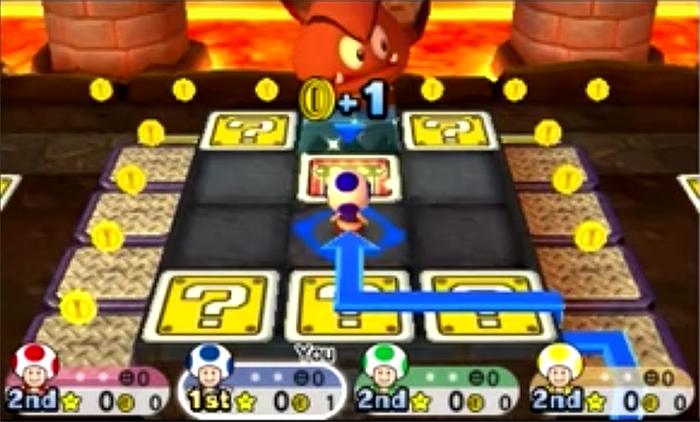
Traditional Mario characters also show up as allies from time to time; if you run across their space before anyone else, they’ll join your team. This allows you to play as that character as you roll the dice, and each ally has a special dice block. For example, the numbers on Daisy’s block change depending on how many allies you have, and Waluigi’s block has a high chance of rolling sixes, but also a chance of stealing two coins from you and stopping you from moving. Allies can be summoned before the game starts using Mario Party series amiibo. Allies brought in with amiibo also have special dice blocks; Luigi and Toad both bring a double dice block, while Gold and Silver Mario bring gold and silver dice blocks, respectively. Your allies can also help you out in boss minigames, acting as an extra player that racks up points for you. You’ve gotta be careful though, since they can also lose points for you if they play poorly.
New to the series are different “Worlds” that contain boards for you to play on, almost like a traditional Mario series title. Each of these worlds varies in square footage and the number of bosses you’ll have to defeat. Once all the bosses are defeated, the game is over. The winner of Toad Scramble is determined based on the number of Stars collected by the end, but it isn’t quite as simple as past Mario Party games have made it. Bonus Stars make somewhat of a return as Coin Bonuses, and are awarded for most spaces moved, least spaces moved, and least boss spaces landed on. An extra Coin Bonus is awarded to a random “Lucky Ally,” whoever has that ally on their team gets the bonus.
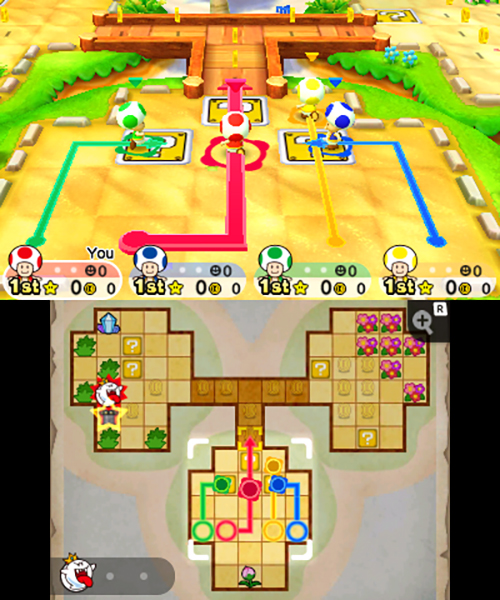
This next bit is where Coin Bonuses can be compared to Bonus Stars, since every 10 coins you have at the end of the game will net you a Star. This is one of my favorite parts of Star Rush, since it’s where I’ve seen the most upsets. This coins-to-Stars exchange bundled with Coin Bonuses is what can bring that notorious Blue Toad up from behind to annihilate you, since he spent the game collecting plenty of Coins without managing to win a single star.
Run for your money
The first extra mode you unlock, Coinathlon, is initially where I spent most of my time. It’s a fast paced mode that never takes you out of the action to roll the dice. Instead, you continuously play a cycle of three minigames that are centered around Coin collecting. As you collect Coins in the minigame on the top screen, your chosen character will move around a race track; one space for each coin collected. Your end goal? The finish line. Each progressive round of the challenge has you running more laps, competing against more opponents, or both. The game prompts you to win 10 challenges in a row, but I almost always fail around the 6th or 7th challenge when it comes to single player. I haven’t had a chance to try multiplayer in Coinathlon yet, but this mode certainly seems like it would be a good time among friends.
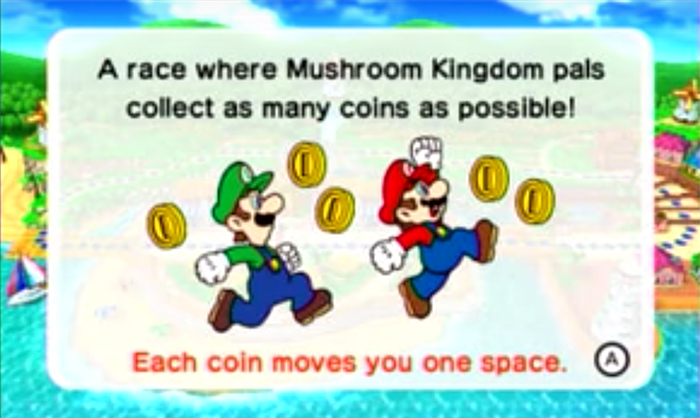
Coinathlon started out as my favorite mode by far, I love the fast paced Coin collecting and using items mid-game to stop your opponents from collecting Coins. I even love when Bowser shows up to punish the players who don’t make it through the Bowser-centric minigame when it’s Survival Time, provided Survival Time is turned on for that particular round. But the more I played Coinathlon, the more it wore on me. It’s still my favorite mode, since it’s still fun, and the problems I have with it are only most apparent in Coinathlon, not directly caused by it.
Minigame gripes
There just aren’t enough minigames that are available within Coinathlon, which is a problem Star Rush has as a whole. There are only 12 Coin Chaos-style minigames, and you’re playing through a fourth of them each round of Coinathlon.
There are only three “Bowser’s Gauntlet” minigames that show up during Survival Time, and two of the three are somewhat lackluster. The lack of minigames in all modes is Star Rush’s biggest problem. It just isn’t felt the same way in modes like Toad Scramble and Balloon Bash, since there are a total of 26 Free-for-All minigames that appear during that time, and they appear less frequently. In total, Mario Party Star Rush features only 53 minigames, and not all of them are always available. Compare this to Mario Party: Island Tour’s 81 minigames and Mario Party 10’s 75, and it looks like a bigger problem than it feels like, but it’s still a problem. This is probably caused by the lack of two minigame categories that are Mario Party staples, two-on-two and one-on-three. Without these team-based minigames to shake things up, Star Rush’s collection of games have taken a bit of a hit.
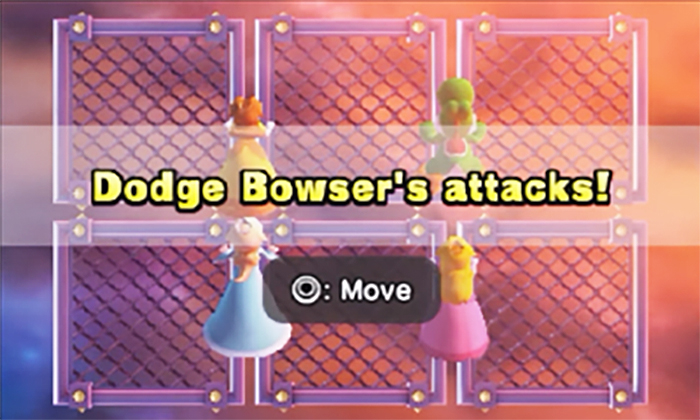
Raise the roof (and your level)
Despite the lack of minigames, Star Rush is a big party in a small package. There are loads of unlockables hiding in the game, and the new Party Level system will keep you hooked on unlocking them all. As you complete games in different modes, you’ll receive Party Points that count towards your overall Party Level. The amount is based on your performance, so do your best to unlock everything as quickly as possible. You’ll unlock lots of new modes like Balloon Bash, which plays like Toad Scramble but on a smaller board, and Rhythm Recital, where you and up to three friends can play songs from the Mario series using the 3DS’ touch screen. Your party level also determines which characters you unlock, although certain characters can be unlocked by tapping their amiibo instead.
You can always earn more points by playing each mode in multiplayer with your friends, which is made extremely easy in the game. You can, of course, play with any of your friends who own the game or, if they don’t own the game, you can play certain modes through Download Play. There’s also one more option, which is the best way for people to really get the best taste of the full game if they don’t own it. Available on the eShop is Mario Party Star Rush – Party Guest. With Party Guest, your friends can link up with your full copy of the game, and enjoy every one of the game’s features while playing multiplayer with you. Party Guest even saves their progress, like their Party Level and the modes and characters they’ve unlocked, and will transfer all of that to the full game if they ever decide to buy it for themselves. Party Guest is a huge leap forward in how people are able to share their games, and it’s a perfect fit for a game like Mario Party.
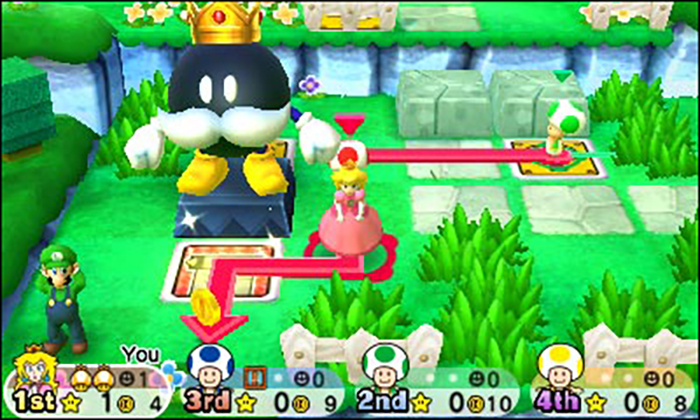
amiibo Support
Star Rush’s amiibo support is all over the place. It really nails it in some areas, while making me shake my head in others. It’s great in Toad Scramble, giving you an ally with a powered up dice block when compared to a standard, non-amiibo ally, and in Coinathlon, where you play as the character scanned and can use items twice in a row.
The only way to play as Bowser, Bowser Jr. and Boo, however, is through use of their amiibo, and you can only play them in one mode: Mario Shuffle. Why can’t we use them like all of the other amiibo? I’m not sure, but it’s rather unfortunate for anyone hoping to use their new glow-in-the-dark Boo amiibo to get their Boo on in Toad Scramble or any other modes. Dr. Mario unlocks a special track early, instead of Party Level 11, in Rhythm Recital, which is nice, but I would have loved a doctor outfit for Mario to be available in all game modes when tapping the Dr. Mario amiibo.
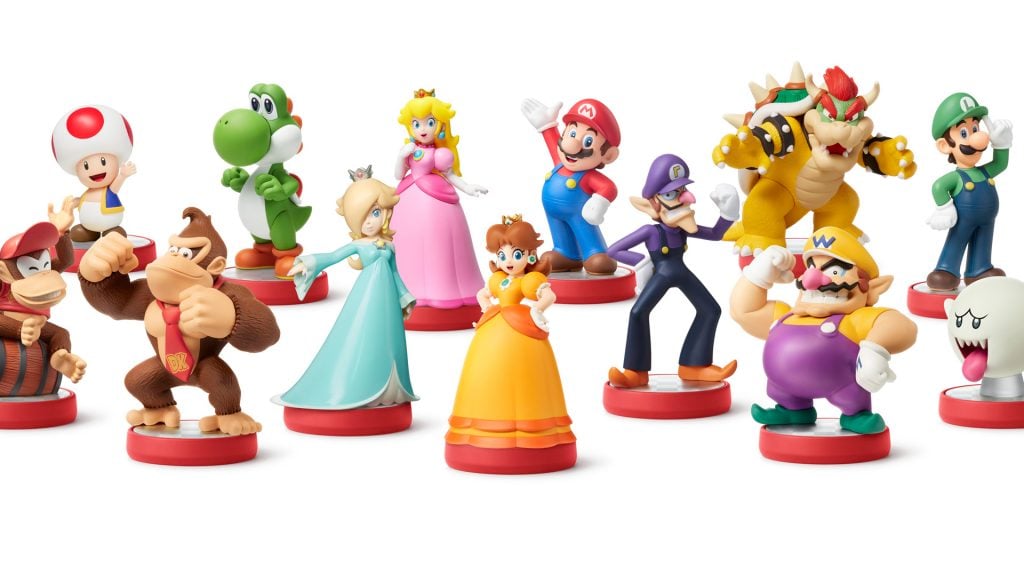
Other unlocks can be reached early by tapping Rosalina, Donkey Kong and Diddy amiibo in any of the game modes. Overall the amiibo use feels consistent and inconsistent at the same time. They offer similar bonuses in each game mode, but not all amiibo are equal.
The party’s just getting started
Mario Party: Star Rush is so far ahead of Mario Party 9 and Mario Party 10 in terms of enjoyability for me that it more than makes up for the issues I had with it. It’s far from a perfect Mario Party game, but is it a great Mario Party for a handheld title? Absolutely. You can’t go wrong sitting down with a few friends and collecting some Stars. It’s easy to get a multiplayer game going, and fast when you start playing. Nobody is waiting around for people to take their turn, since it all happens at once – and it works. Add in the fact that people can play and save their progress in Party Guest mode without having the full game, and you have the best 3DS Mario Party title we could have asked for.
Leave a Comment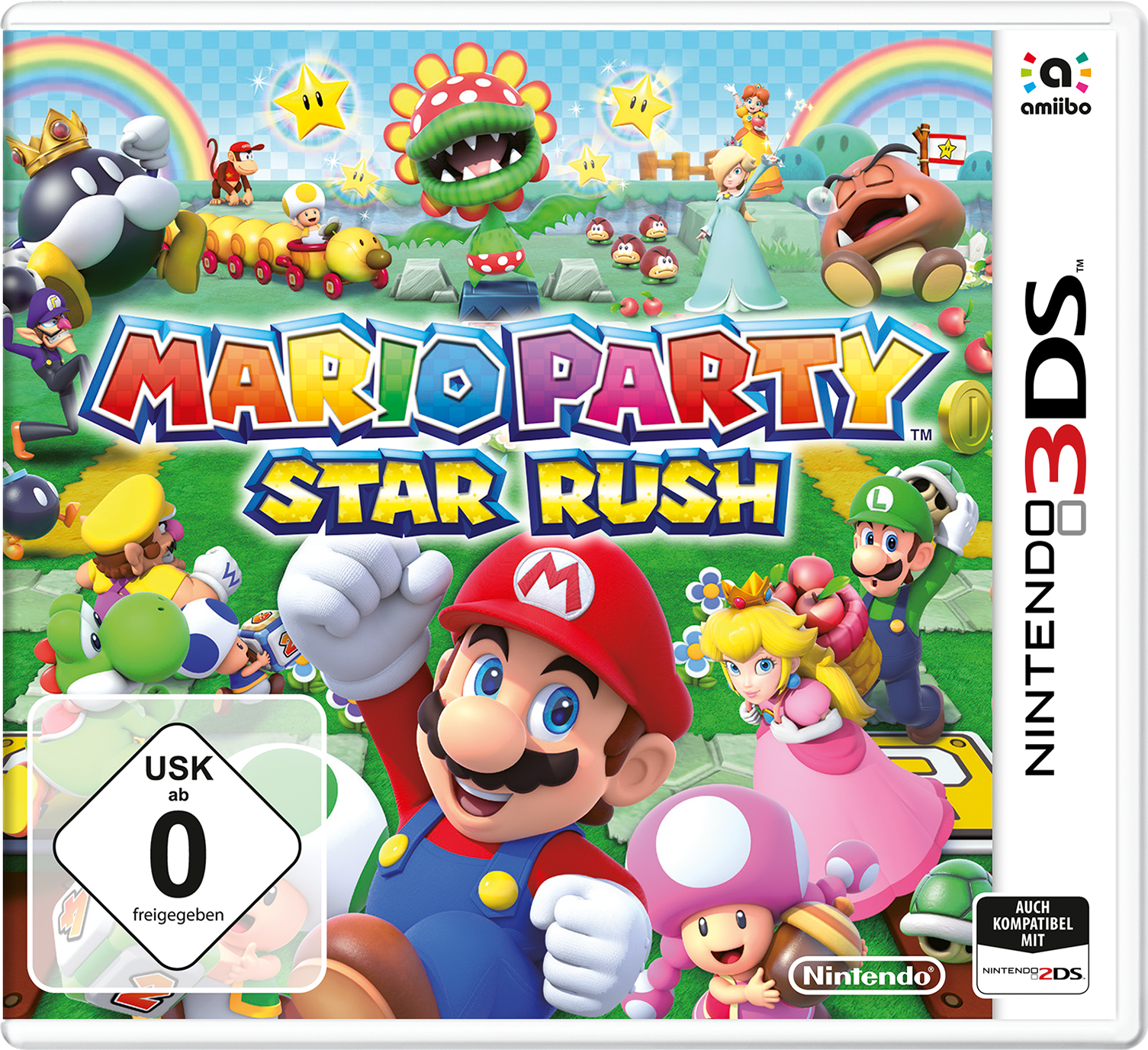
System: Nintendo 3DS
Release date: November 4, 2016
Categories: Party
Publisher: Nintendo
Developer: Nintendo

